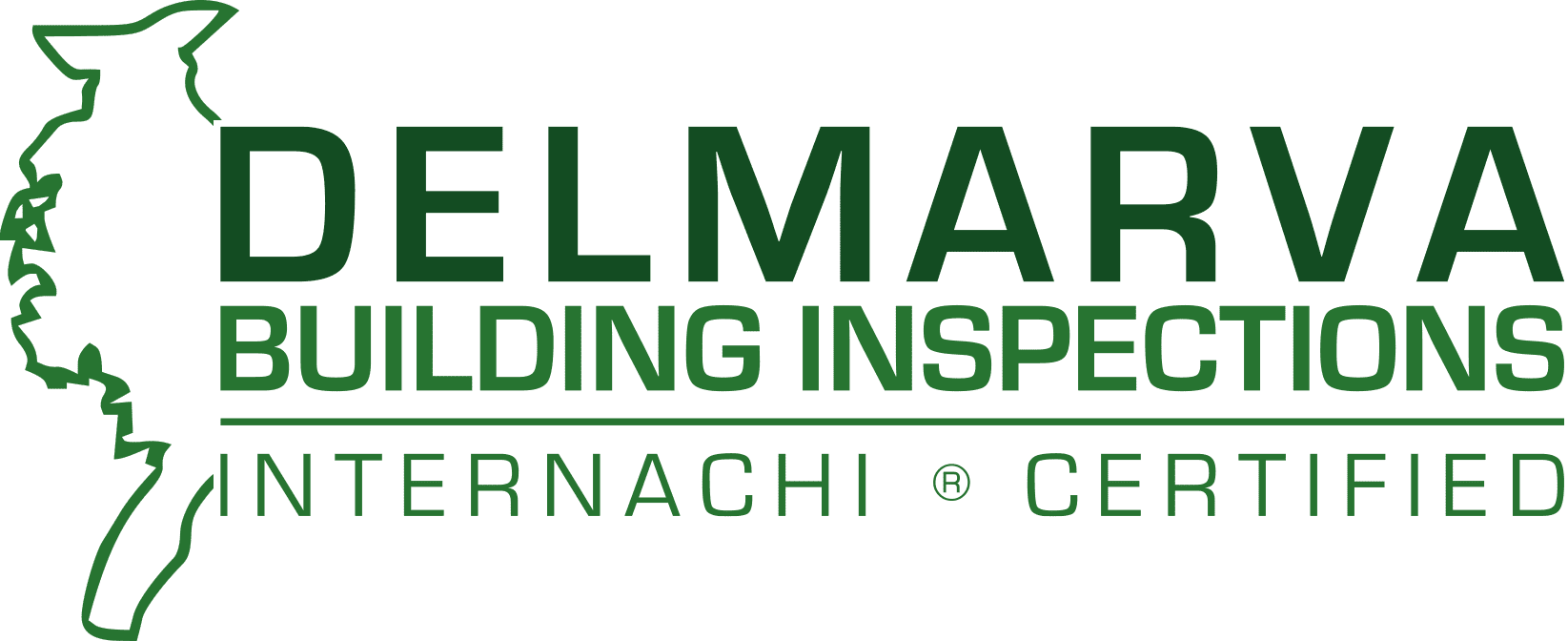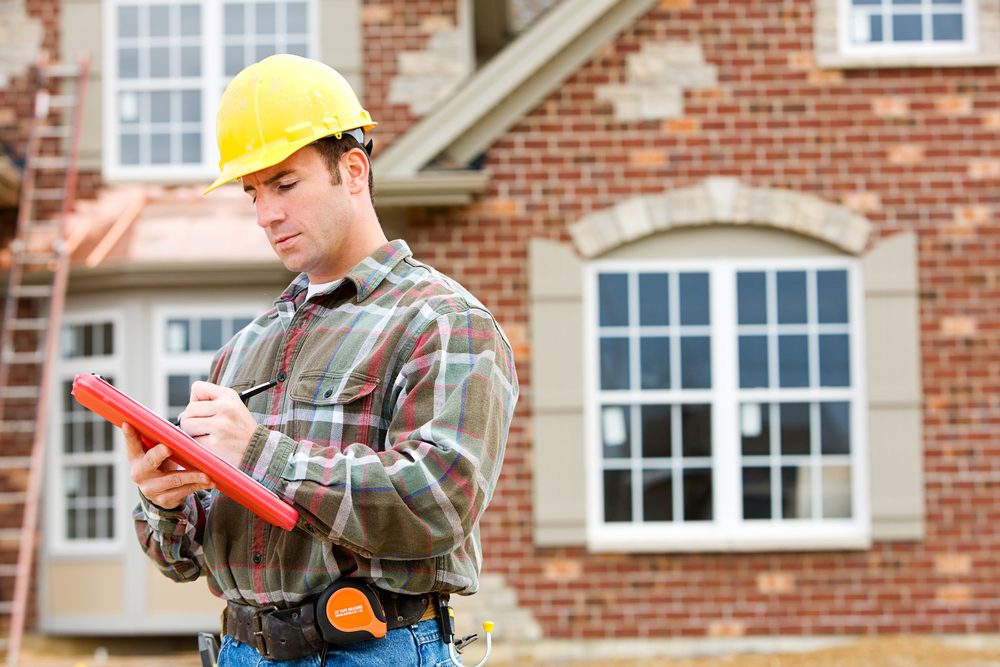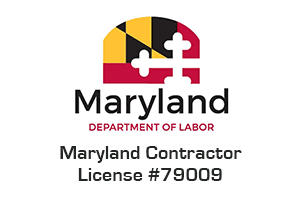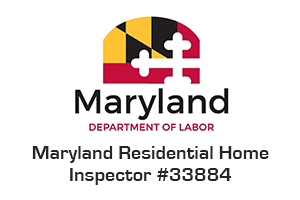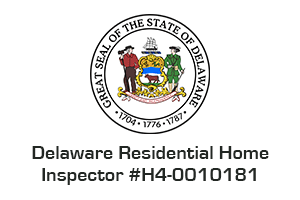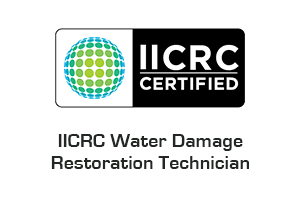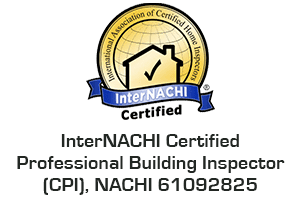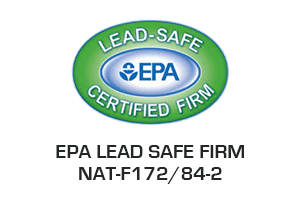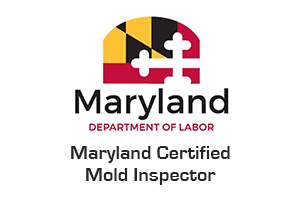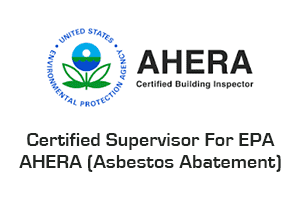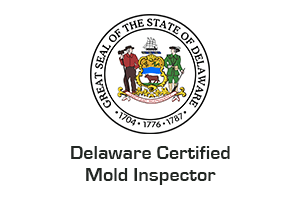Key Factors in Home Inspection: Square Footage and Age Considerations
When gathering preliminary information from homeowners seeking a home inspection, two key questions frequently arise: “What is the home’s square footage?” and “How old is it?” The size is straightforward, as larger homes naturally entail more inspection work, increasing the time spent and the overall inspection cost. One can quantify the additional time needed for inspection, and thus, we apply a specific rate per square foot over a set baseline, which varies according to the home’s age.
On the other hand, a home’s age introduces a unique set of considerations. With age comes inevitable wear and tear due to prolonged occupancy, deterioration due to exposure to the elements, outdated construction methods, and the potential use of subpar materials that may result in problems. Furthermore, older homes often come with a history of remodeling, which can be a significant factor. We’ve encountered older homes that are surprisingly well-preserved, appearing almost frozen in time for half a century. On the other hand, we’ve seen houses that started as modest 1000-square-foot structures but grew into sprawling 2300-square-foot behemoths through a series of disjointed additions, each executed by different contractors, often needing more expertise.
Understanding Effective Age in Real Estate: Assessing a Property’s True State of Aging
Effective age, a concept central to real estate valuation, goes beyond chronological age to gauge a structure’s condition and usability. It considers the impact of maintenance, renovations, structural improvements, removal of deficiencies, zoning changes, equipment upgrades, and any additions. Effective age reflects a property’s true remaining life, accounting for its class and usage’s typical life expectancy. It encompasses the years since construction and the property’s physical state.
Determining effective age involves a subjective assessment, blending art and science. For instance, a century-old home subjected to extensive renovations may exhibit an effective age closer to 20 years or even less. Effective age entails judgment, weighing all current and anticipated factors in the future.
Consider Every Home’s Effective Age
Recognizing a property’s effective age is crucial for homeowners and real estate professionals. When selecting comparable properties for appraisal purposes, it’s vital to consider their effective age to ensure an accurate comparison. Take, for example, two 100-year-old homes: one extensively remodeled and expanded, the other in its original condition, complete with outdated features. Adjusting for the difference in effective age is essential to avoid erroneous valuations significantly affecting a property’s appraised value.
In contrast, actual age, or chronological age, is a straightforward measure denoting the number of years since a structure’s completion.
Most Common Inspection Findings in Older Homes
Roofing Materials
As houses mature, the roof’s protective covering ages in tandem, playing a vital role in safeguarding the interior of our homes. Over time, this roofing material becomes susceptible to water penetration, potentially resulting in costly repairs or a complete replacement. Incorrect installation of the roofing material can accelerate its aging process. Various roofing materials serve as a shield against the elements, with options ranging from the most economical to the more premium ones. These include asphalt shingles, wood shakes/shingles, terra cotta tiles, concrete tiles, and slate.
Wood and Asphalt Shingles
Asphalt shingles typically last up to 40 years. These shingles may start to curve upwards or downwards as they age, develop blisters, and lose granules. Eventually, the underlying matrix, which holds the shingles together, becomes exposed, making water infiltration a significant concern. Wood shingles and shakes exhibit similar signs of aging as asphalt shingles, including cupping, curling, lifting, splitting, insect damage, rot, and potential missing sections.
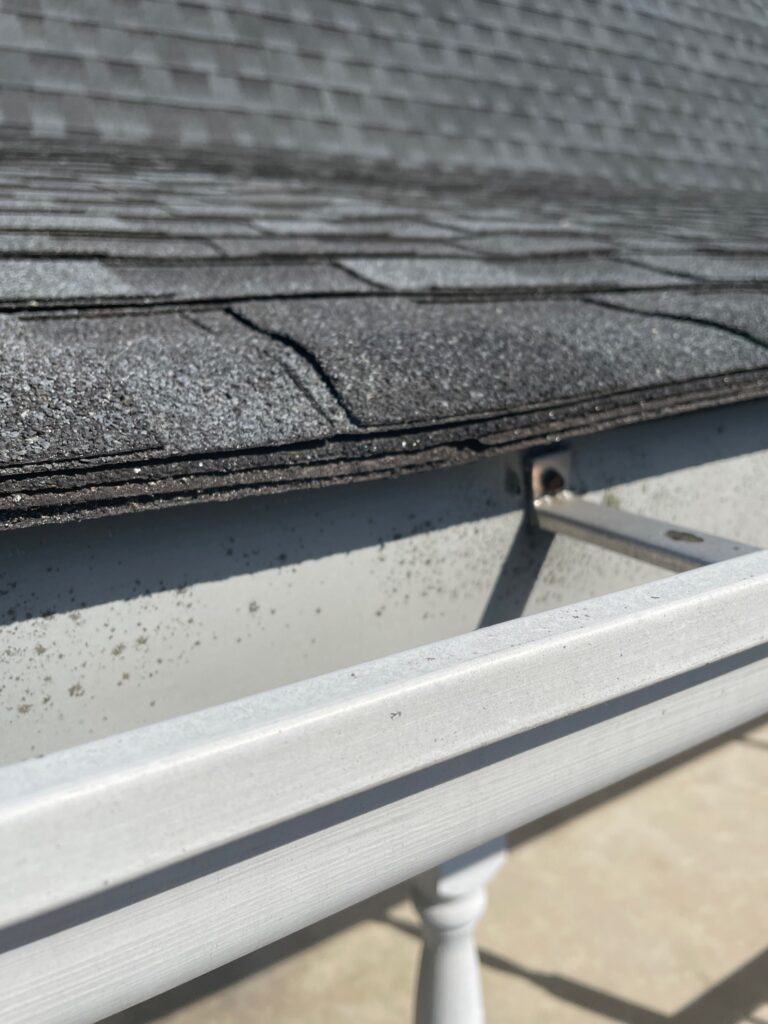
Terra Cotta, Concrete, and Slate Tiles
In contrast, terra cotta, concrete, and slate tiles can last anywhere from 20 to over 100 years. However, they are pretty brittle, and the natural expansion and contraction with changing seasons can cause them to crack or loosen. Walking on these tiles can lead to material damage. Detecting cracks and signs of aging can be challenging from the ground, often necessitating binoculars and a sturdy ladder to thoroughly assess the roof’s condition. Any indications of previous subpar repairs should serve as a warning, suggesting potential water infiltration into the property.
Outdated Electrical Panels
Electrical panels from defunct manufacturers like Federal Pacific, Sylvania/Zinsco, and Bulldog I-T-C are no longer in production. Common problems with these panels included:
- Circuit breakers that failed to lock securely.
- Becoming loose over time and causing arcing.
- Sometimes leading to melting and fires.
Over the years, people have replaced many of these panels, but some older homes may still harbor these problematic panels. If discovered during an inspection, it’s almost inevitable that an inspector will recommend their replacement.
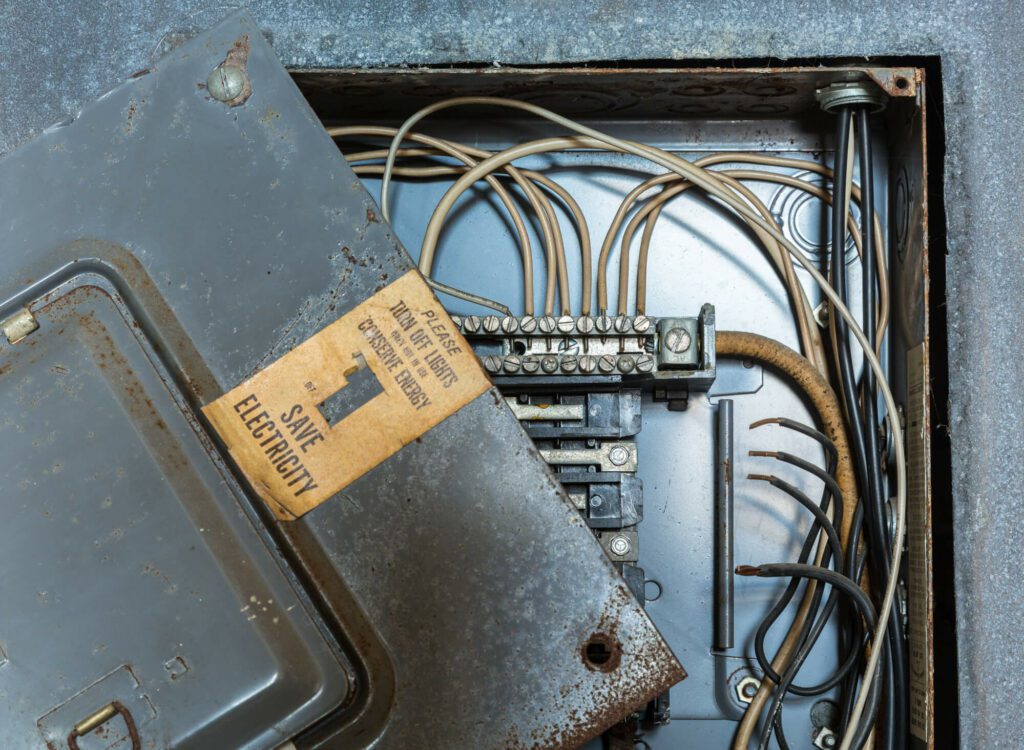
Electrical Wiring
House fires stemming from faulty electrical wiring represent a prevalent safety concern. In contemporary residences, there is usually an abundant supply of electrical power and outlets, whereas older houses often lack this convenience. Consequently, it’s common to observe extension cords snaking through rooms in older homes. This practice significantly stresses the electrical infrastructure, outlets, and cables, raising the fire risk.
Exposed electrical wires present yet another widespread electrical issue, irrespective of a home’s age. Any unprotected wire is vulnerable to physical damage, which can have disastrous consequences. For instance, open splice wiring, which involves joining wires using only electrical tape or wire connectors, is a frequent DIY approach and is often encountered in garages, attics, crawlspaces, and even above suspended ceilings. Addressing this issue is a top priority and should be rectified by a certified electrician.
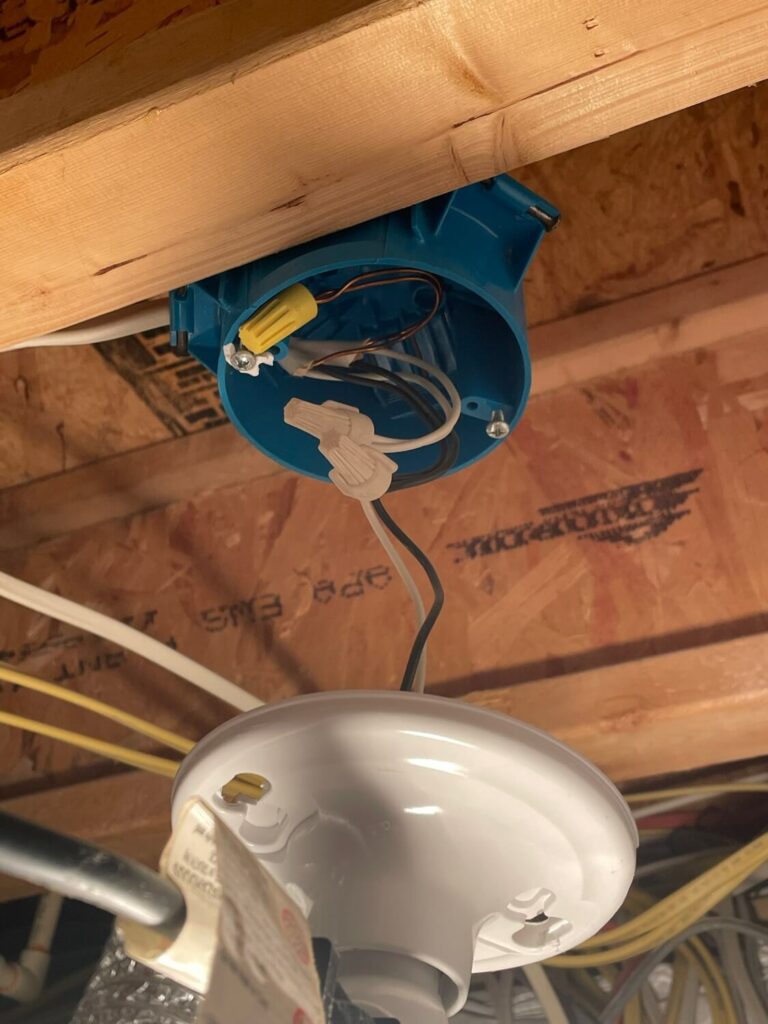
Fuse Boxes
Homes used to have fuse boxes before electrical panels became common. Homes constructed in the 1940s and earlier typically have these. Although many have replaced them, some still exist and inevitably require a licensed electrician to evaluate them. Fuse boxes often lack grounding wires, and when a fuse blows, it does not simply reset; it needs replacement. Which often leads to incorrect fuse sizes, double-tapped wires, and other issues.
Absence of Grounding Wires/Grounding Electrode (Rod)
The requirement for grounding wires in homes is a relatively recent development. Homes constructed before the mid-1950s commonly exhibit this deficiency. Grounding wires run alongside the live “hot” wire and the neutral or standard wire, offering an easy path to the earth, which helps prevent electrical shocks. Correcting this issue is often a cumbersome process, potentially necessitating the removal of drywall or interior finishes, making it a task best handled by a licensed electrician.
Aluminum Wiring
The use of aluminum wiring gained prominence when copper prices surged in the 1950s. However, it soon became apparent that this was a poor choice. Even today, some homes continue to contain aluminum wiring, and any trace of it prompts an electrician’s recommendation for further evaluation. Typical corrective measures may include updating the main electrical cabinet or sub-panel and replacing switches and receptacles with fixtures designed for aluminum wiring.
Cast-Iron Drain Systems
Before the 1980s, cast iron was the primary material used for drain systems beneath the ground. Over time, these metal drains are susceptible to deterioration, often leading to low spots or “bellies” in the drainage system, where water and debris accumulate, increasing the risk of blockages. Rubber gaskets sealed these drains, which deteriorate over time, making them susceptible to root system intrusion, especially in homes with nearby trees. For homes built before the 1980s, our general advice is to contact a licensed plumber for a sewer-camera inspection to determine the extent of deterioration and potential corrective actions if no prior repairs or replacements are evident.
Galvanized-Metal Water Supply Piping
In the 1960s, builders commonly used zinc-coated steel for water supply piping in constructed homes. Galvanized water pipes present two main issues: corrosion due to the steel material and mineral buildup on the interior of the pipes. Corrosion can lead to leaks and further damage, while mineral buildup reduces water flow. The sole solution for both problems is to replace the plumbing, which can become expensive quickly. When galvanized water piping is identified, often concealed in the ground of homes with slab foundations, we typically recommend consulting a licensed plumbing contractor to estimate potential replacement costs.
Substandard Electrical Work in General
Electrical systems represent one of the most significant concerns in older homes, as deficiencies can pose life-safety risks. Common issues include the absence of GFCIs in required areas, missing ground wires, inadequate bonding, and outdated circuit breakers. If you still need to update your electrical system, we highly advise having it thoroughly assessed.
While these are not the only challenges associated with purchasing an older home, they represent some more common ones. However, buying a house built within the last 20 years can avoid some of these issues.
The Value of Pre-Purchase Inspections For Older Homes
By preemptively addressing these issues before closing on a property, you can know the common challenges you may encounter during a home assessment. In addition to providing peace of mind for yourself, an inspection protects all involved parties when investing in an older home. The experts at Delmarva Inspections Group specialize in inspecting new and existing homes, so you can trust that our evaluation will be accurate and comprehensive. Take advantage of the exciting prospect of taking on an older home and look into the details – call Delmarva Inspections Group for a trusted home inspection today! With our guidance, you can take comfort in knowing your investment is well protected.
